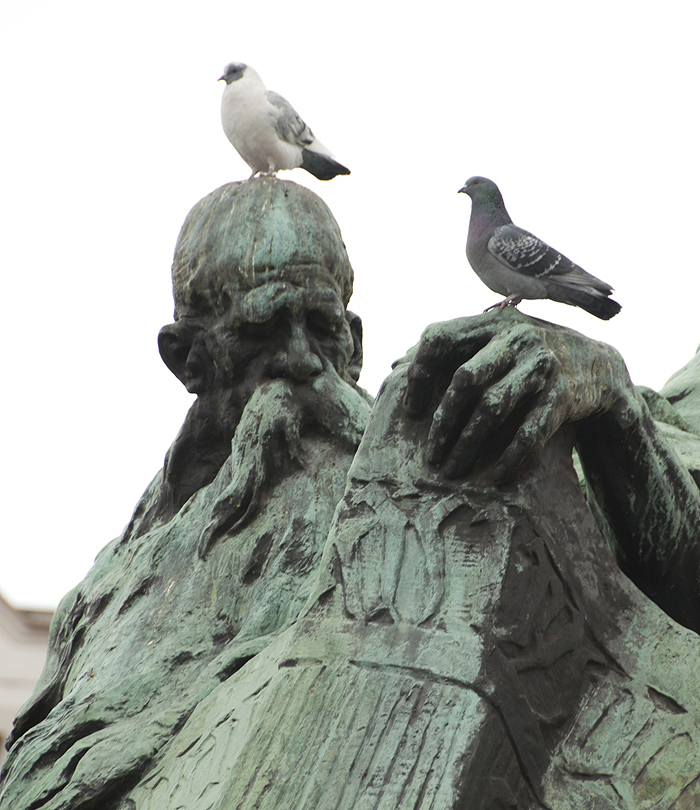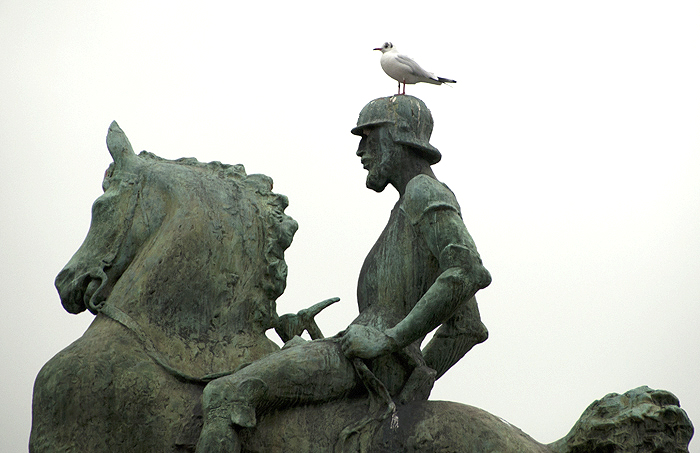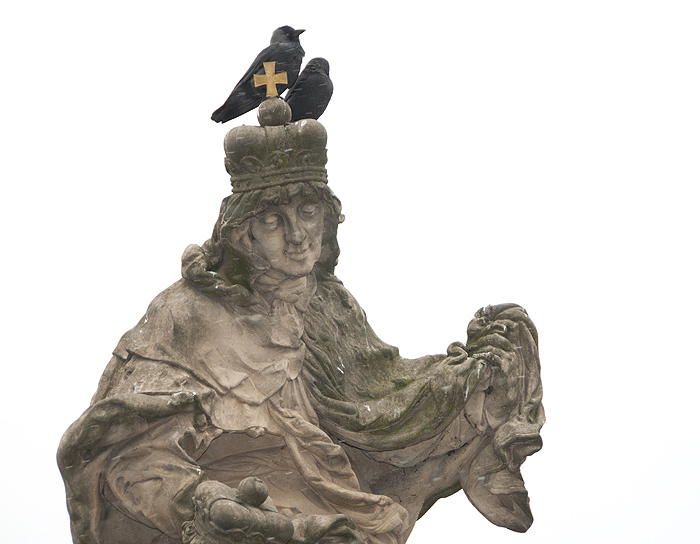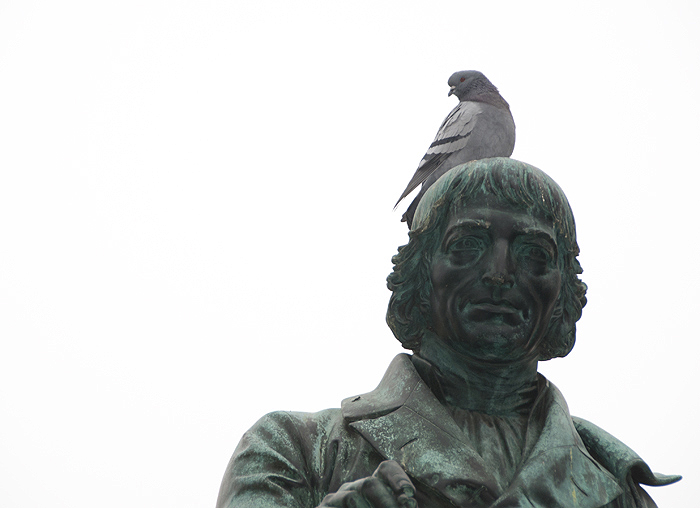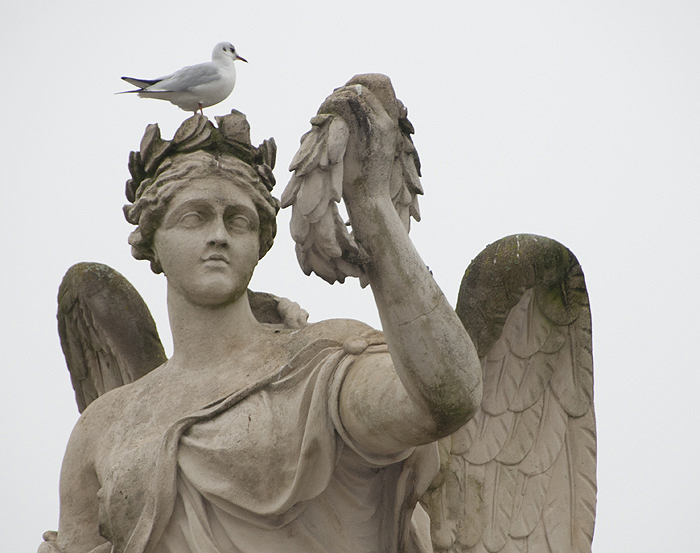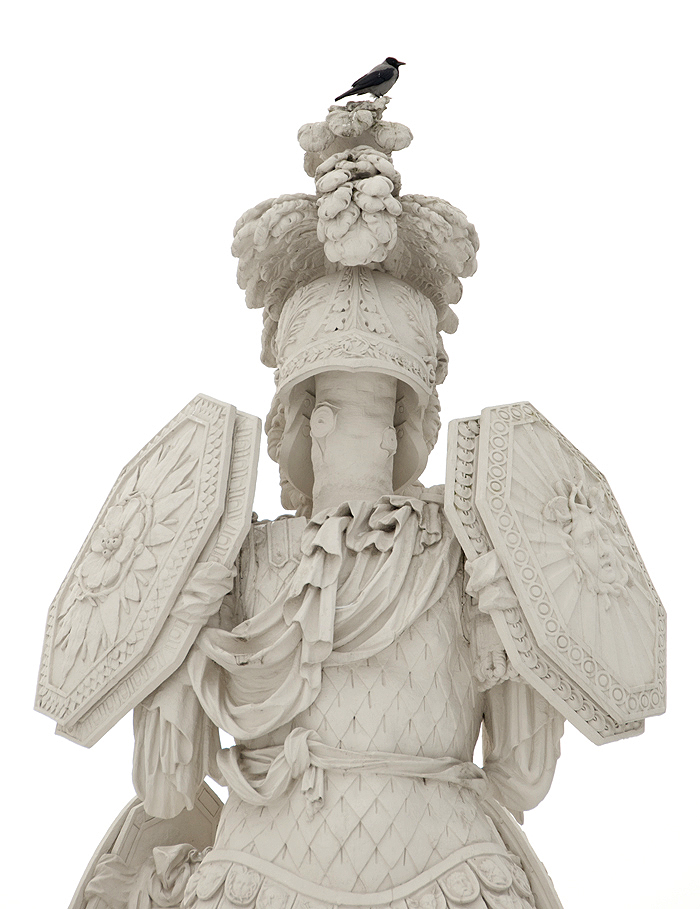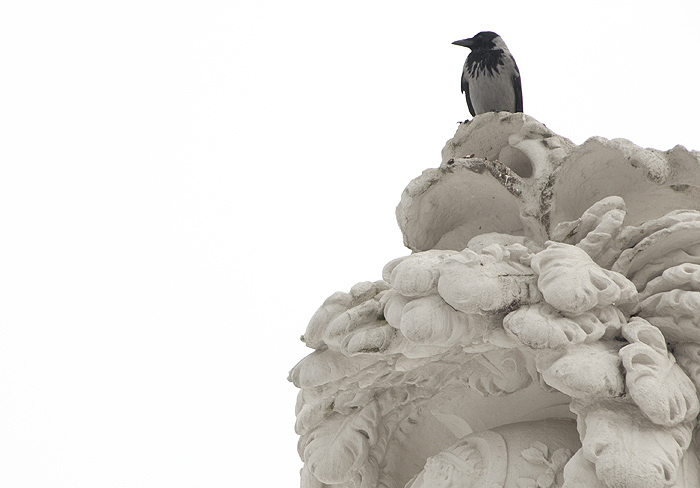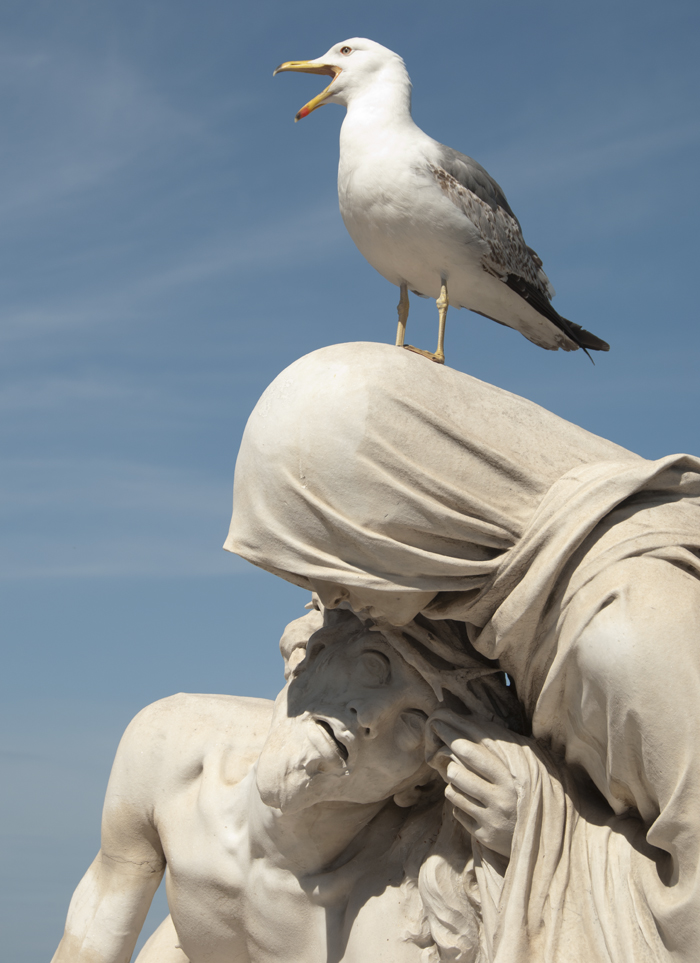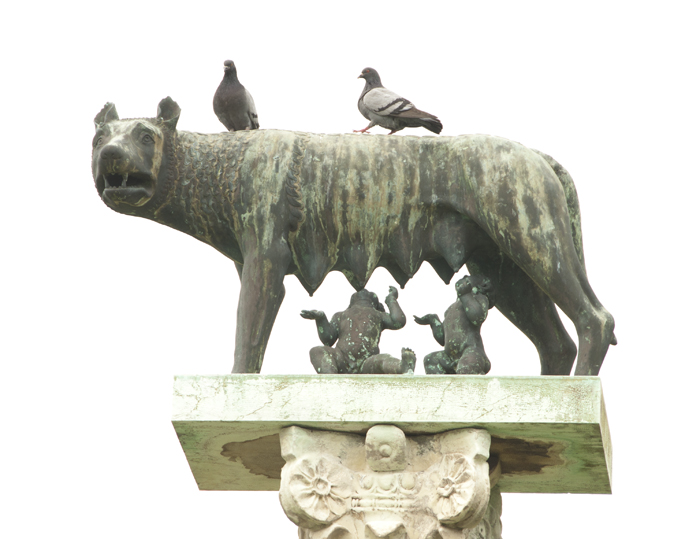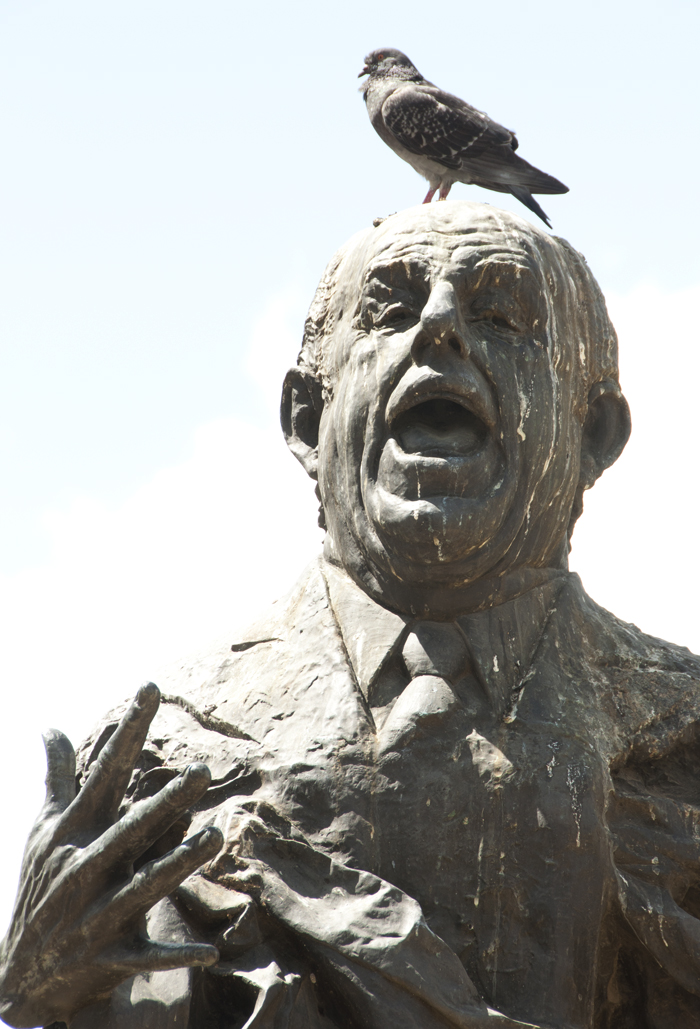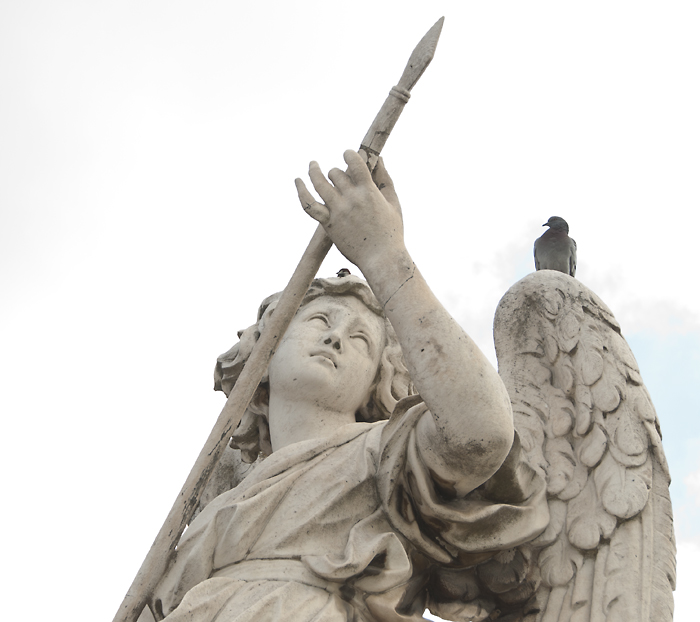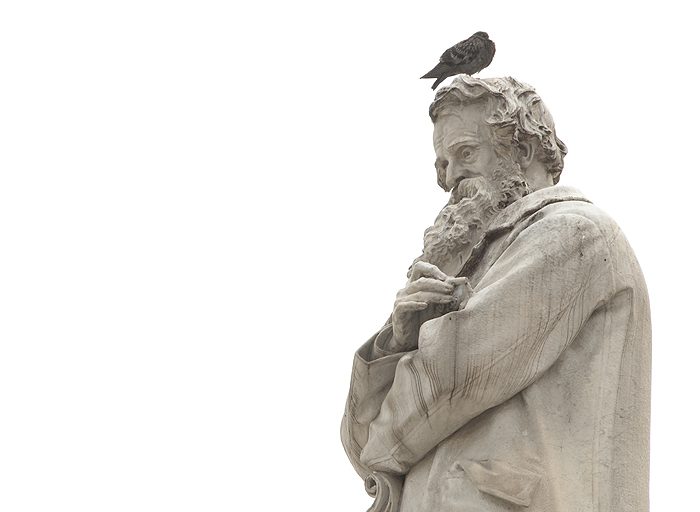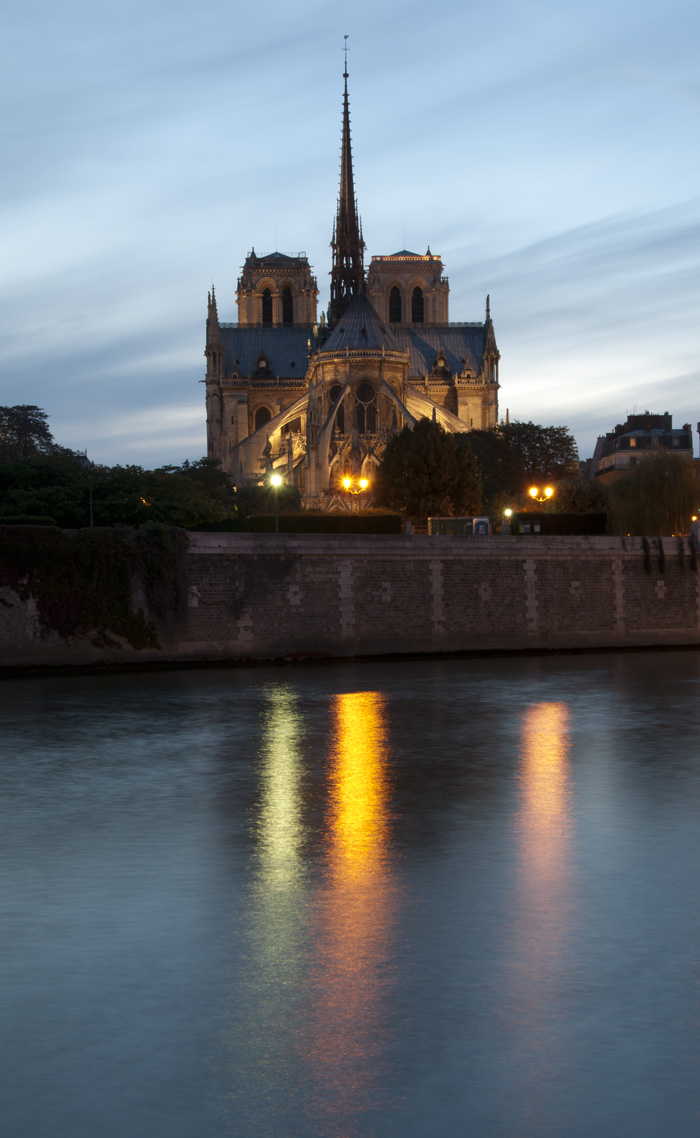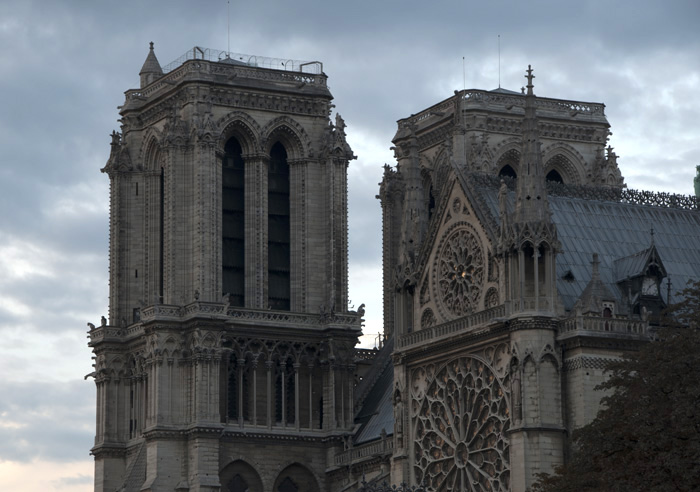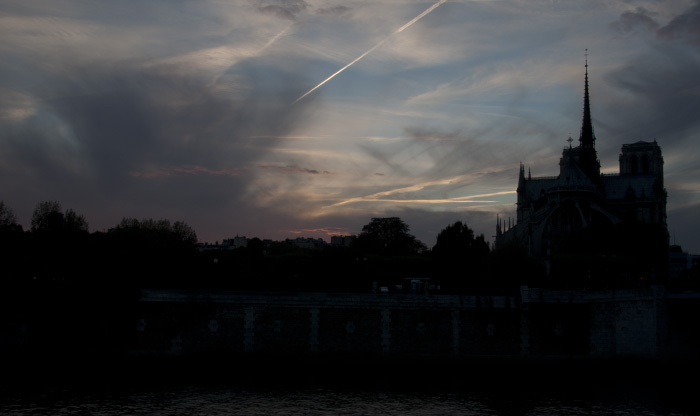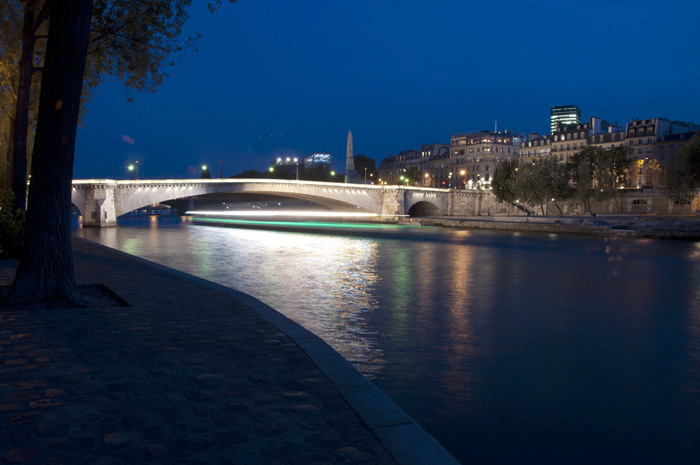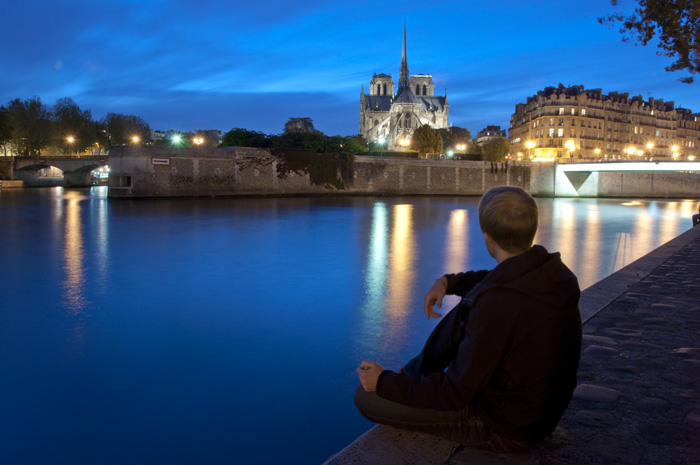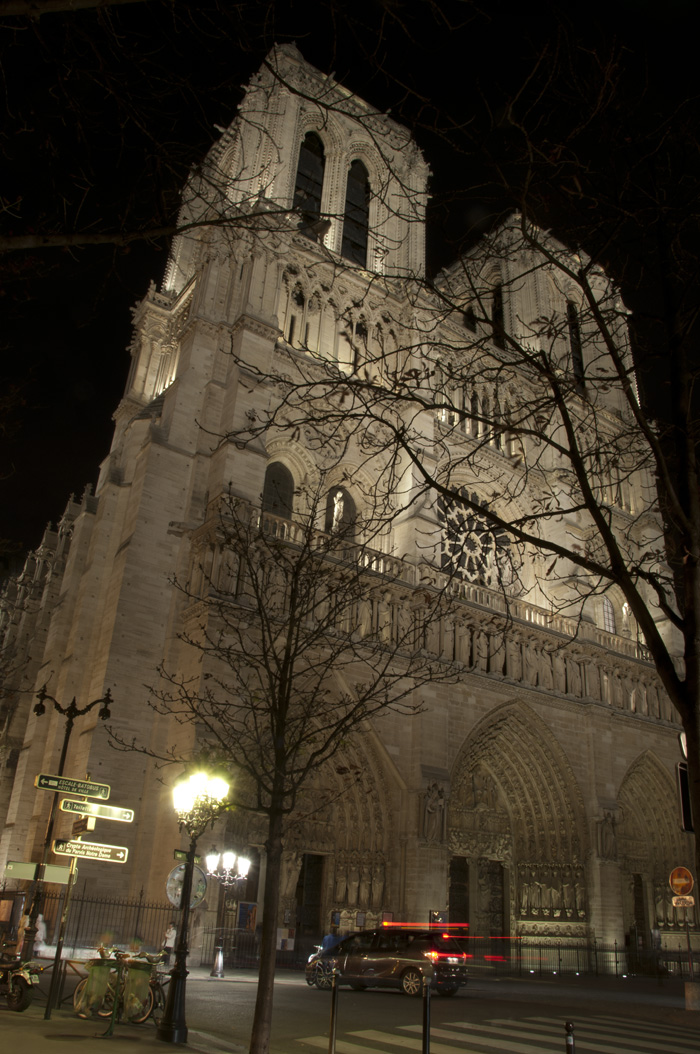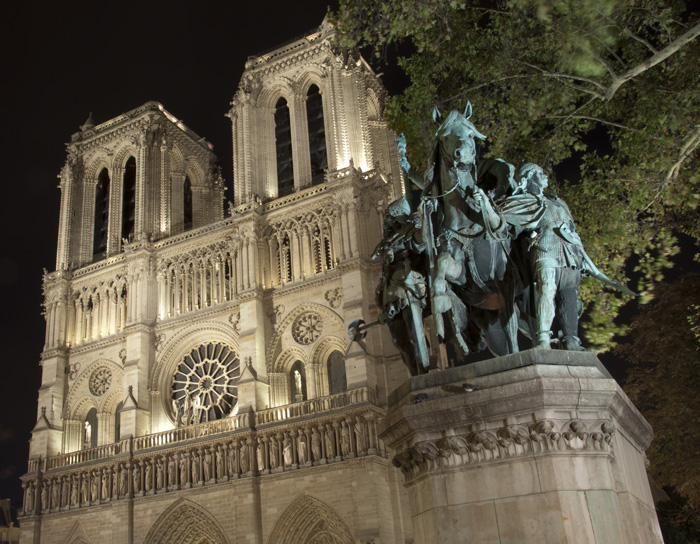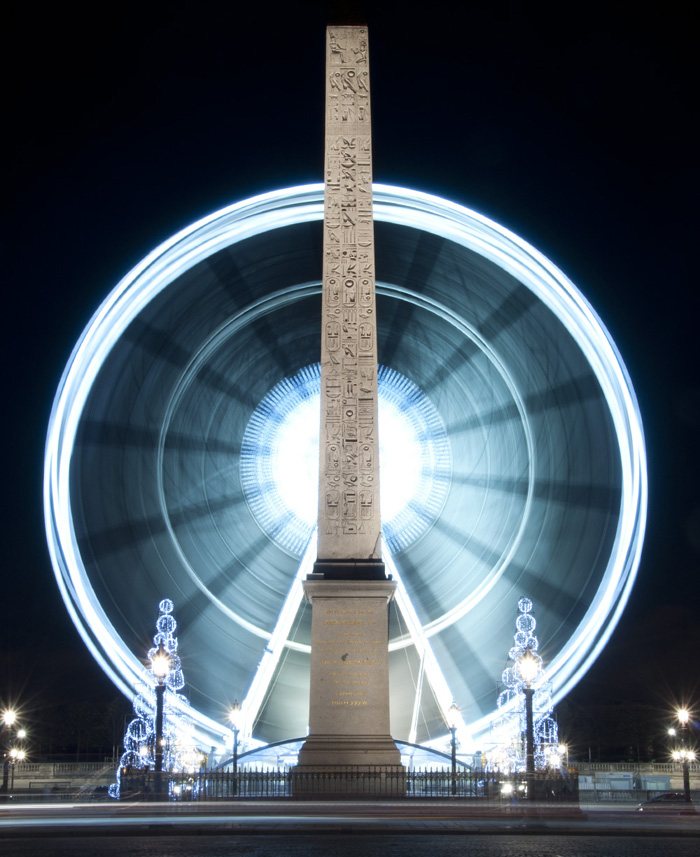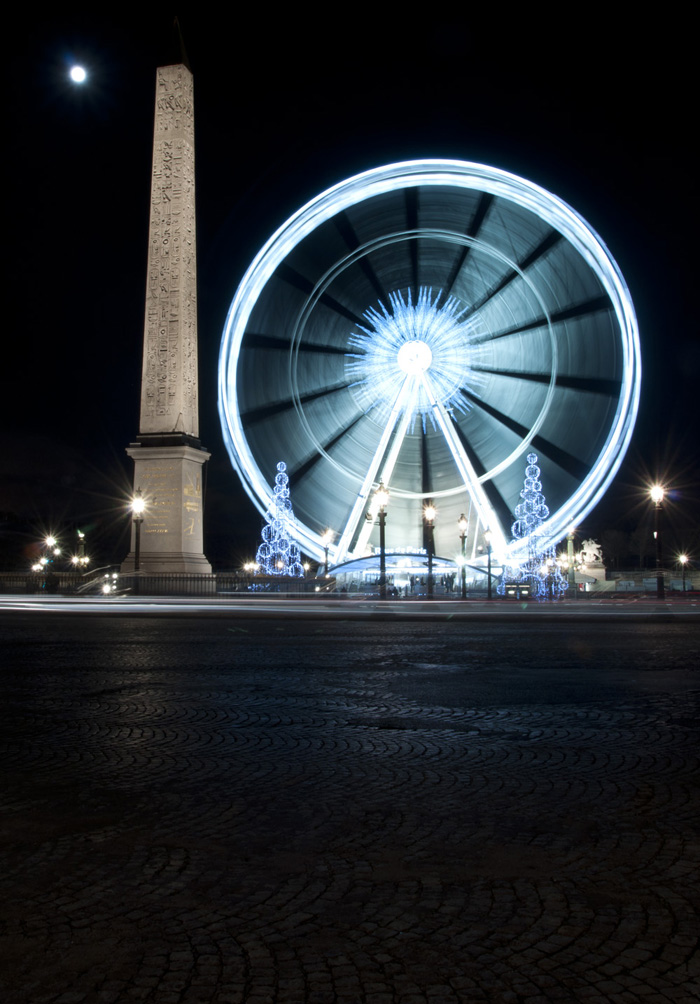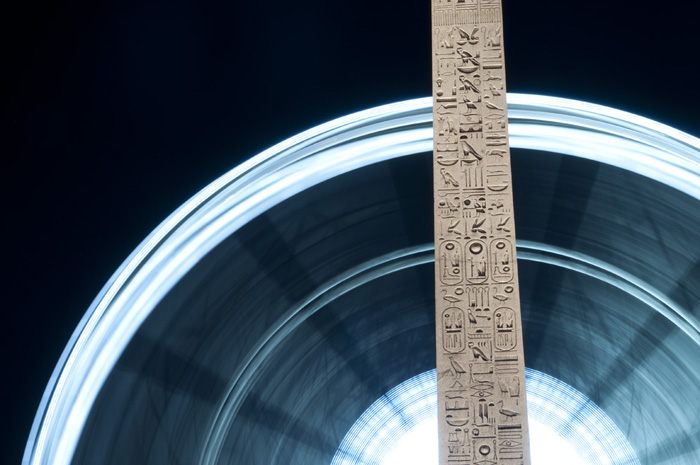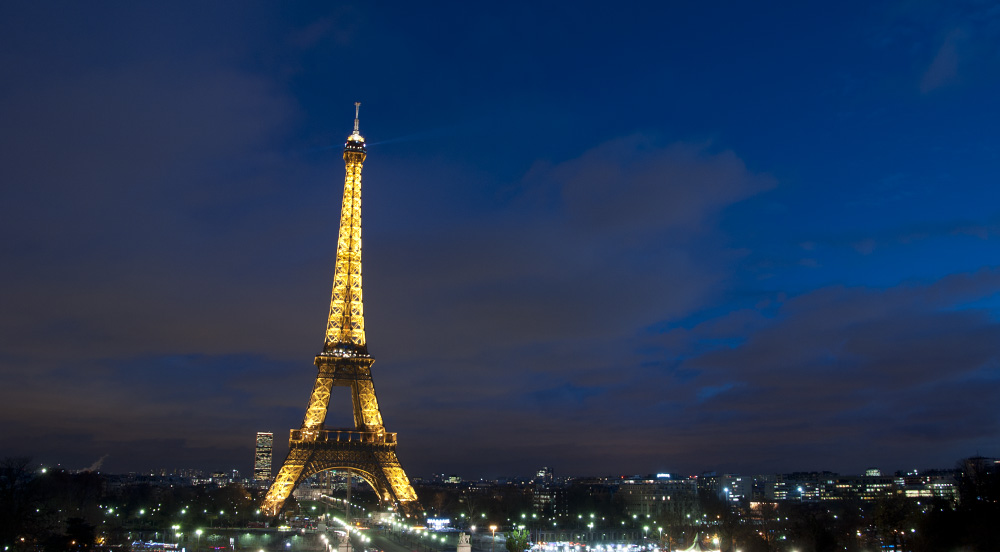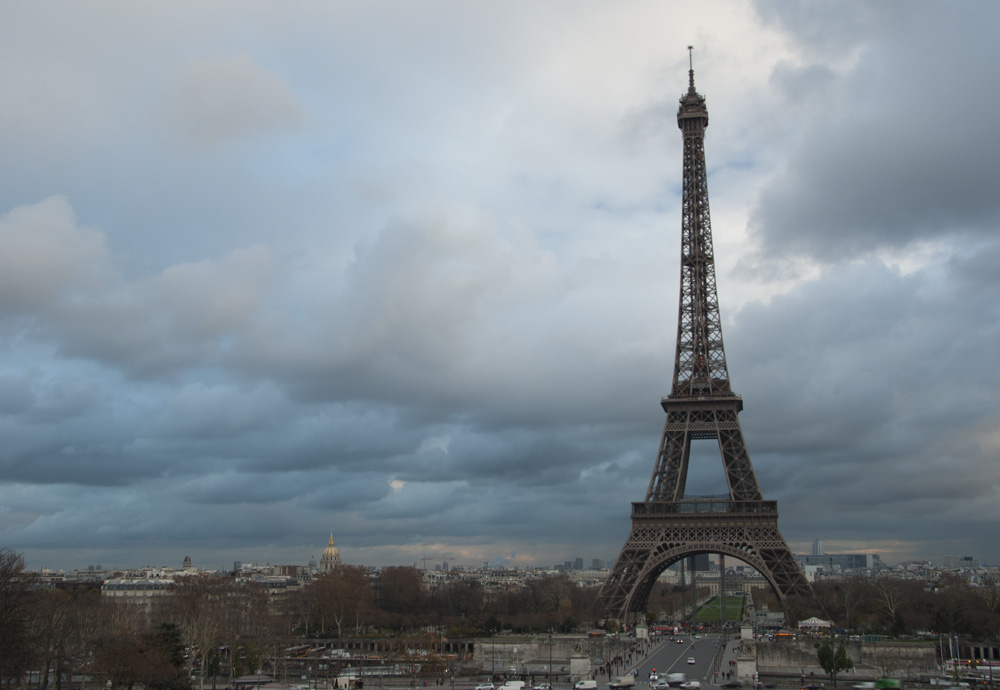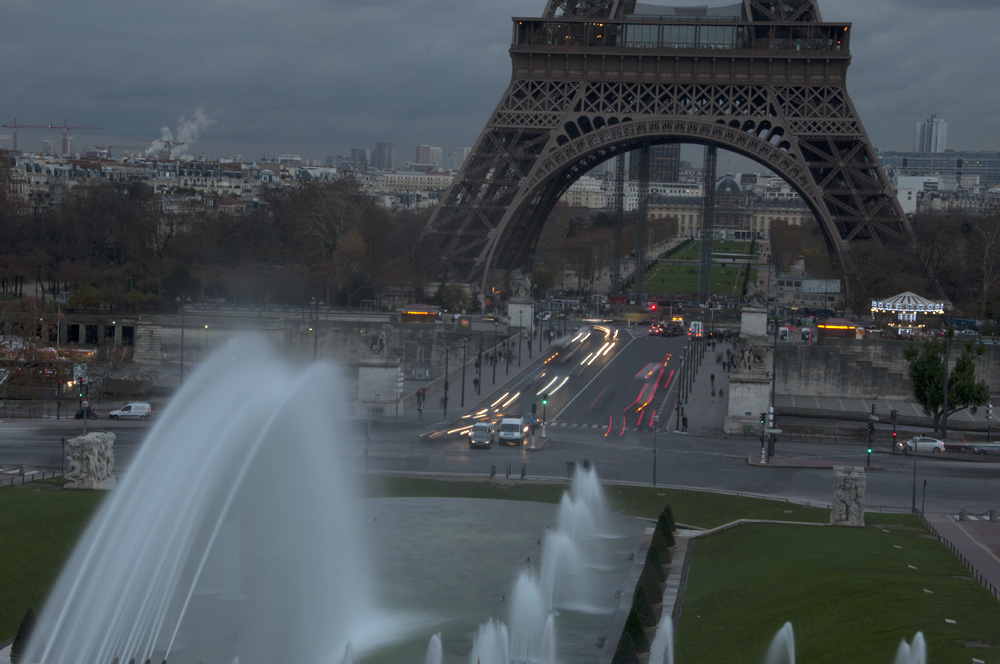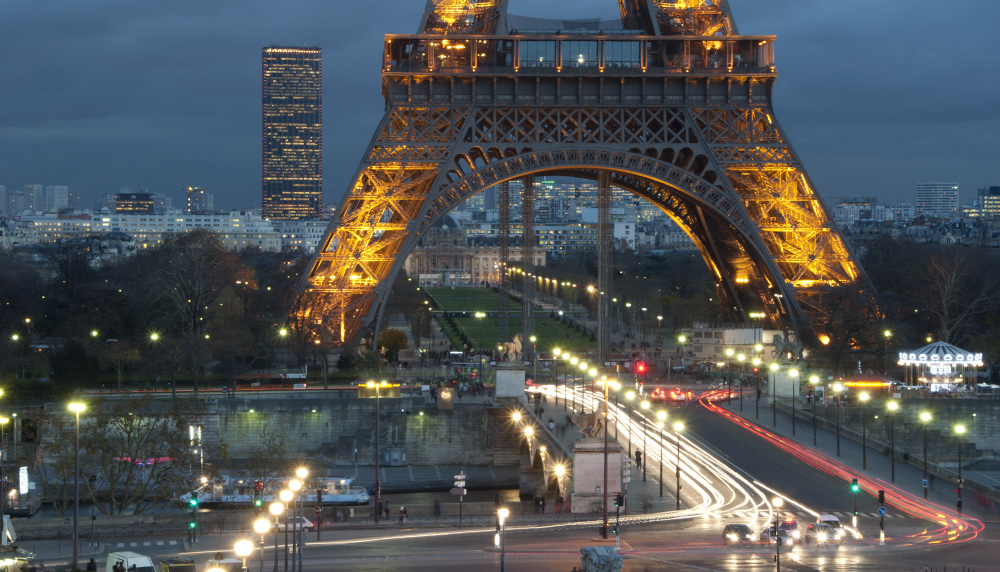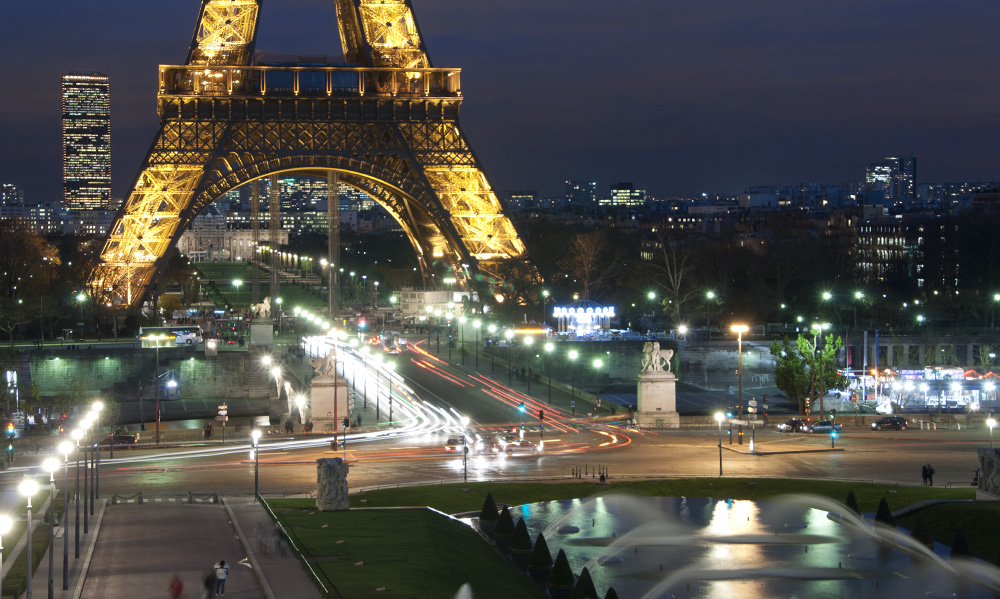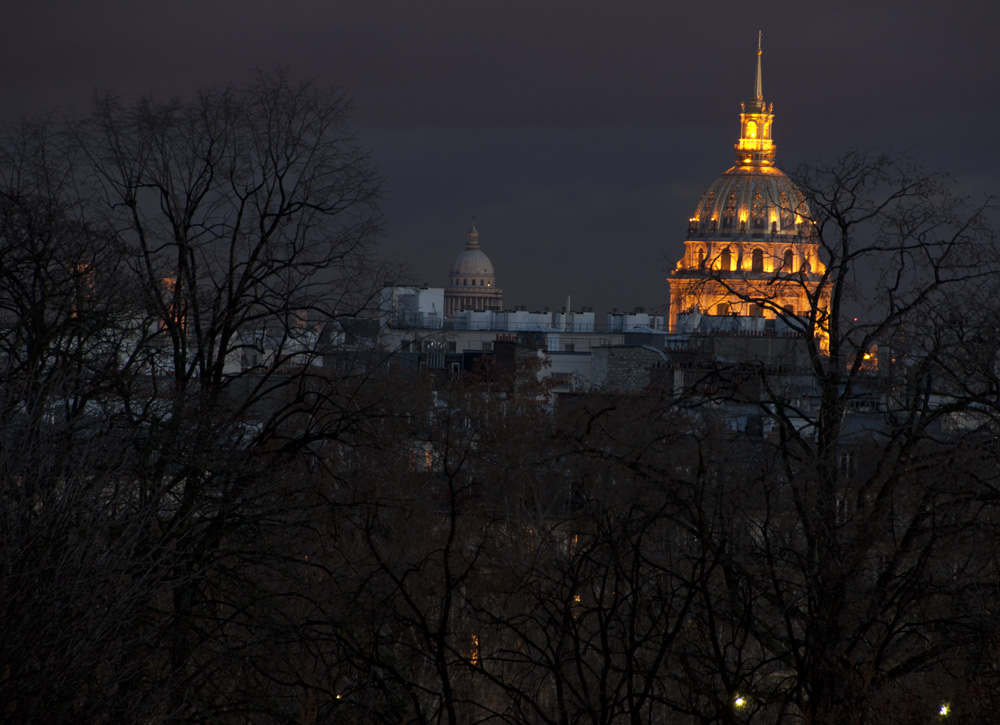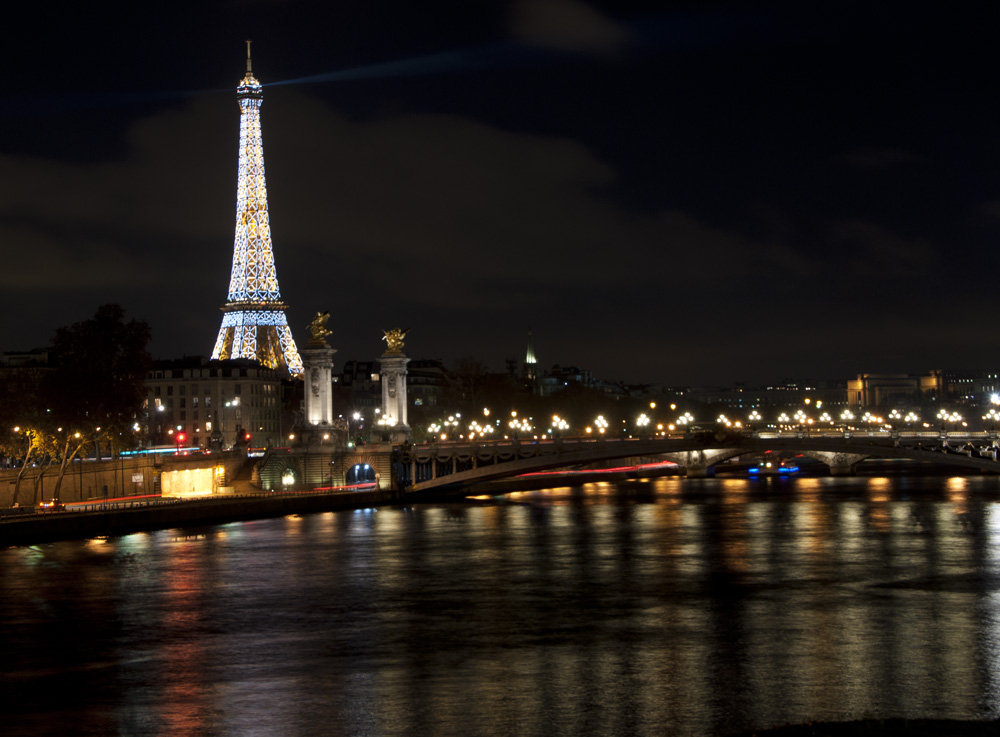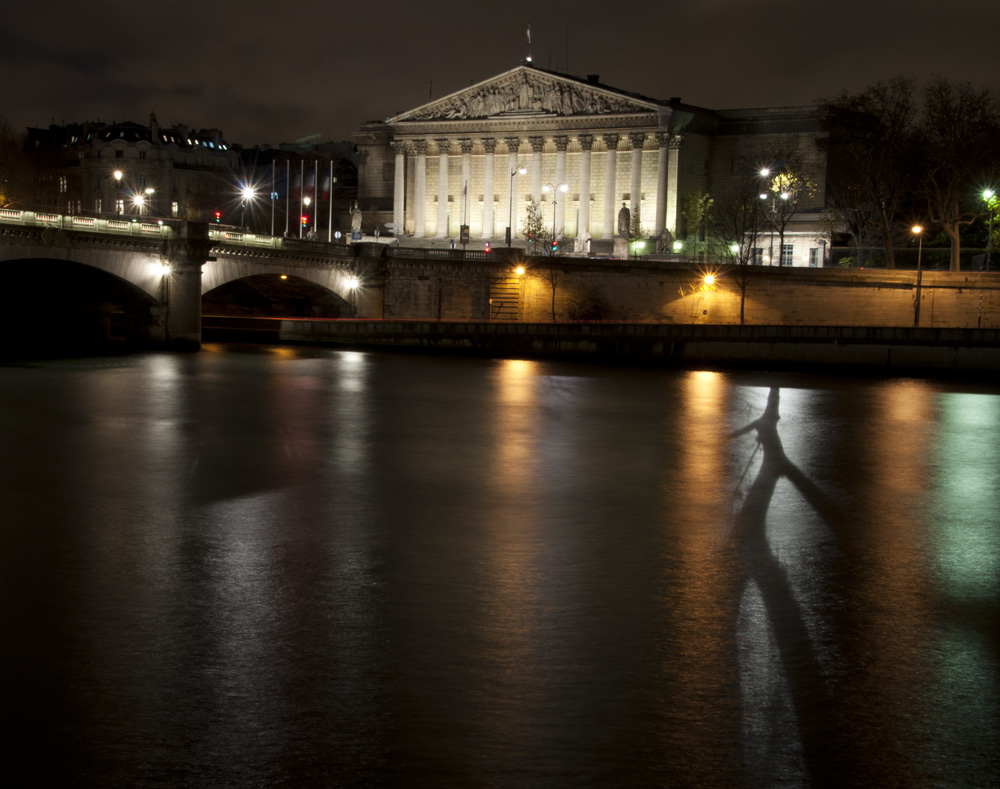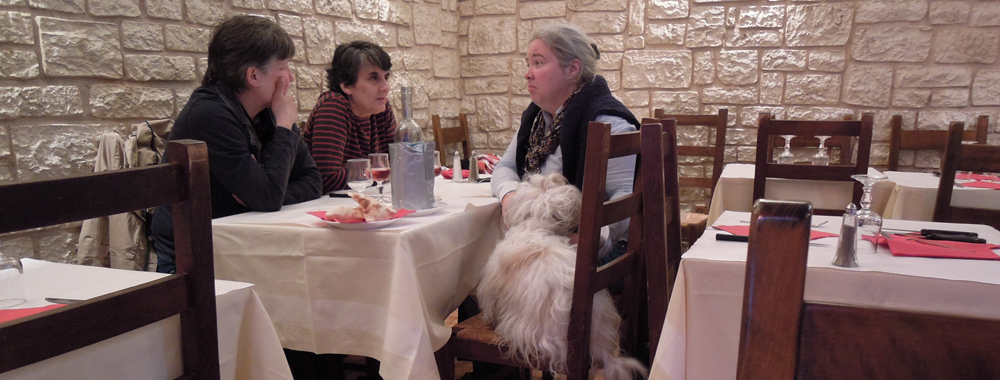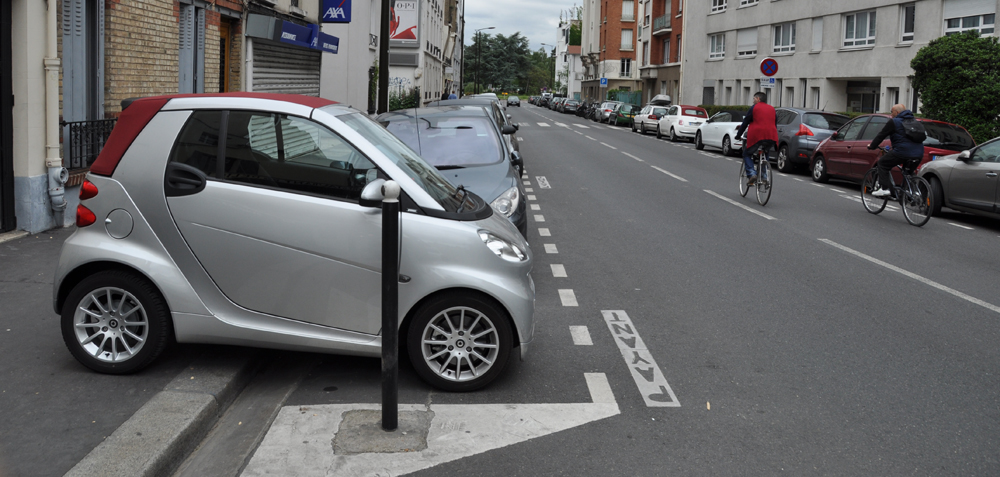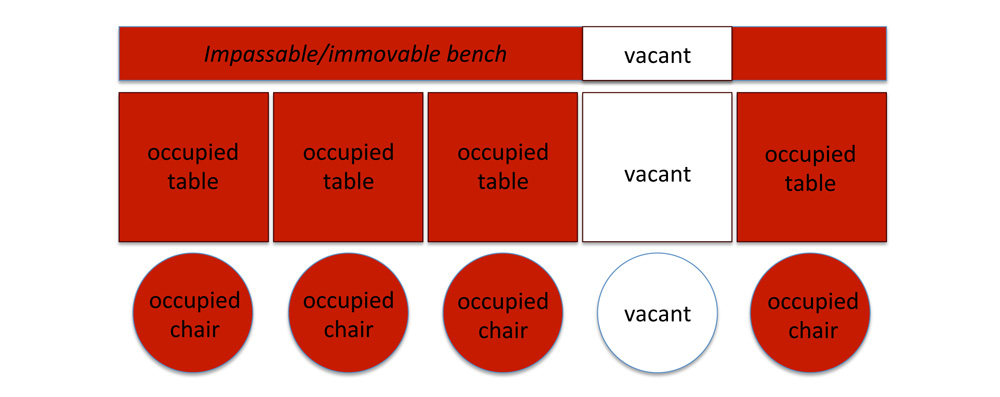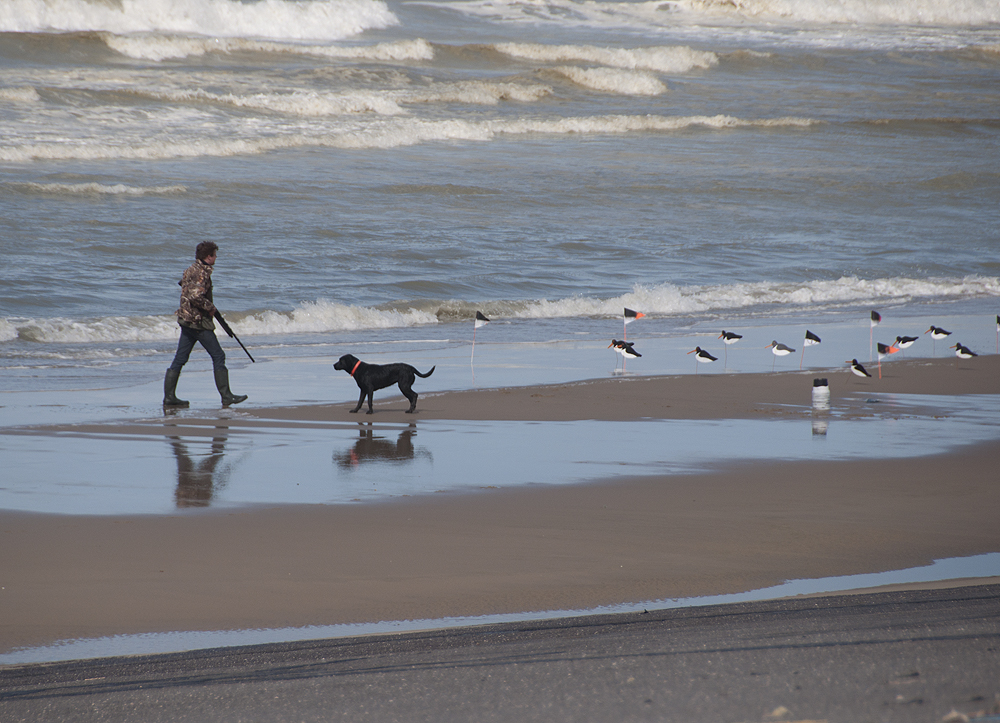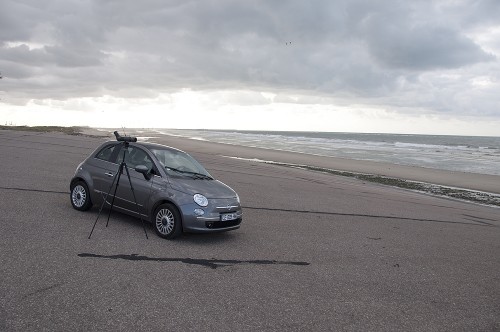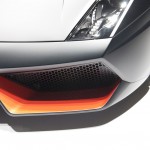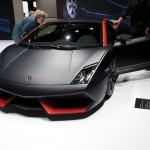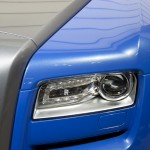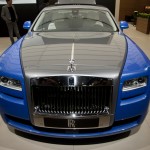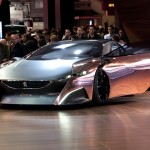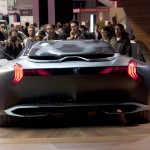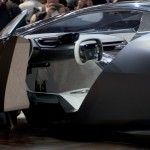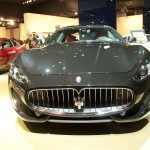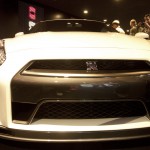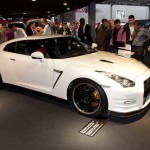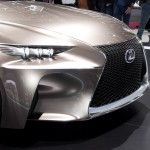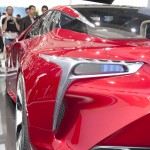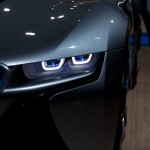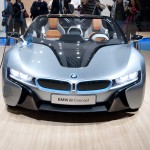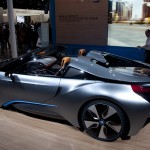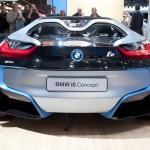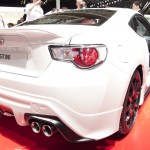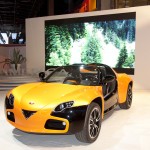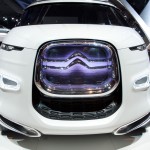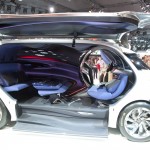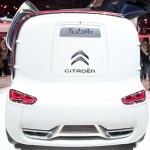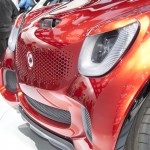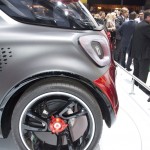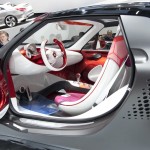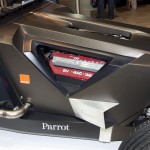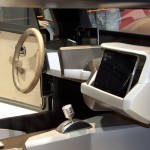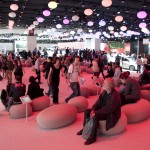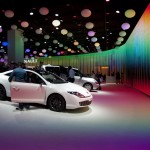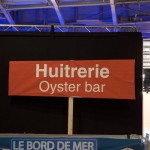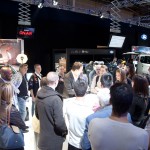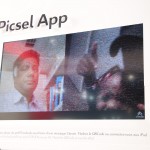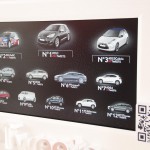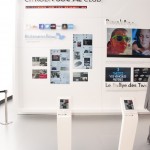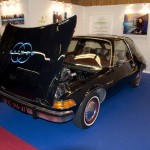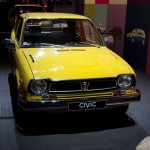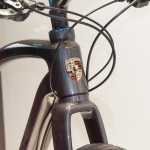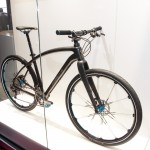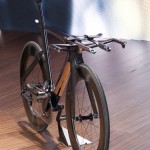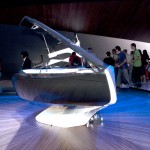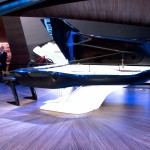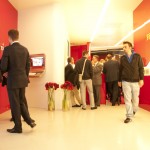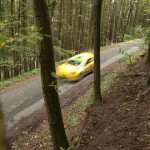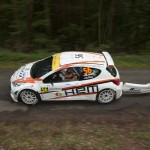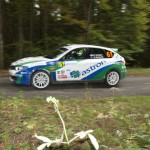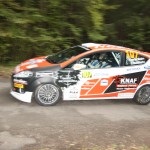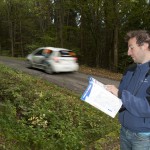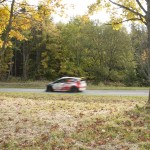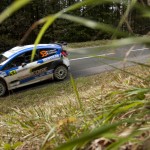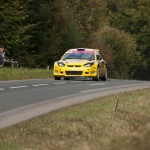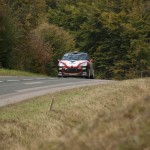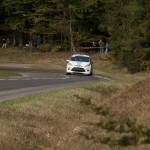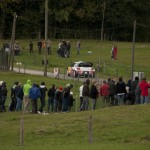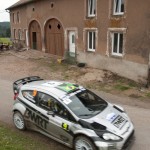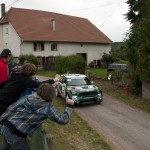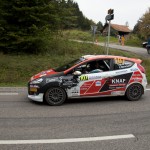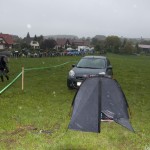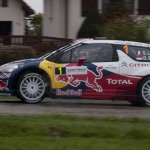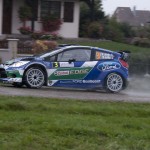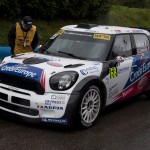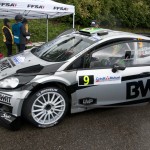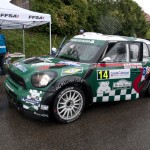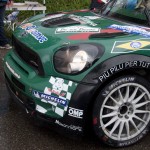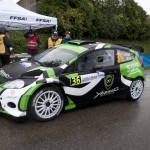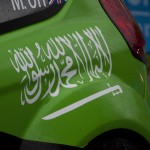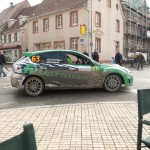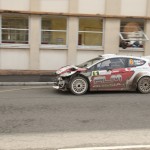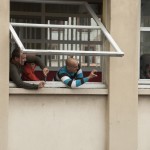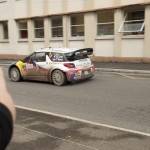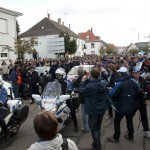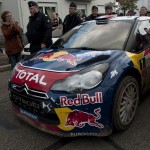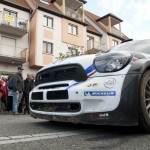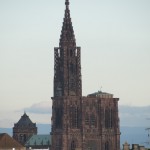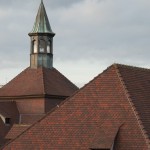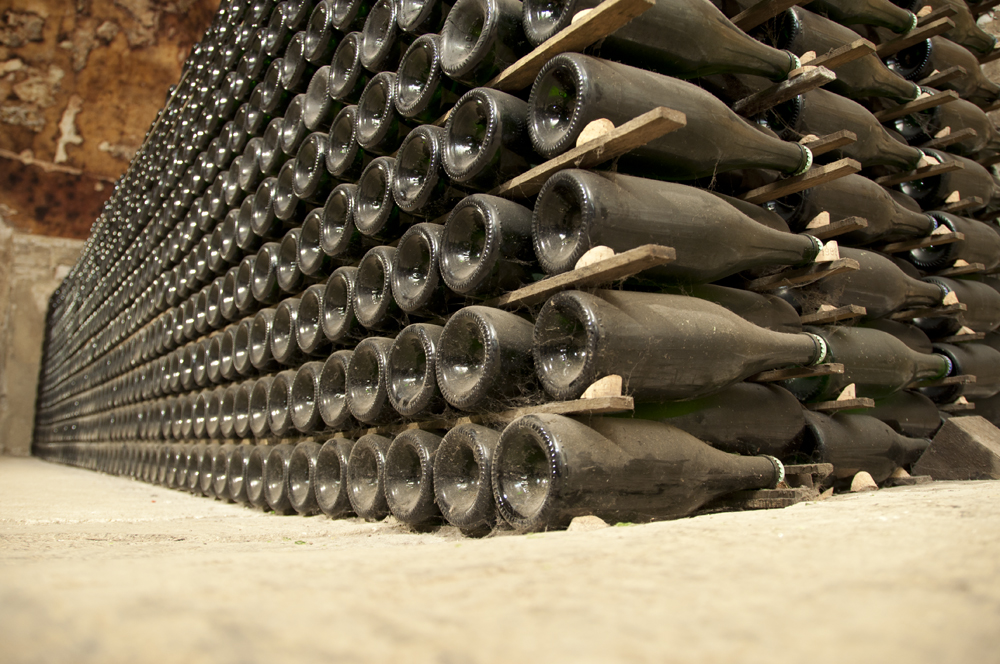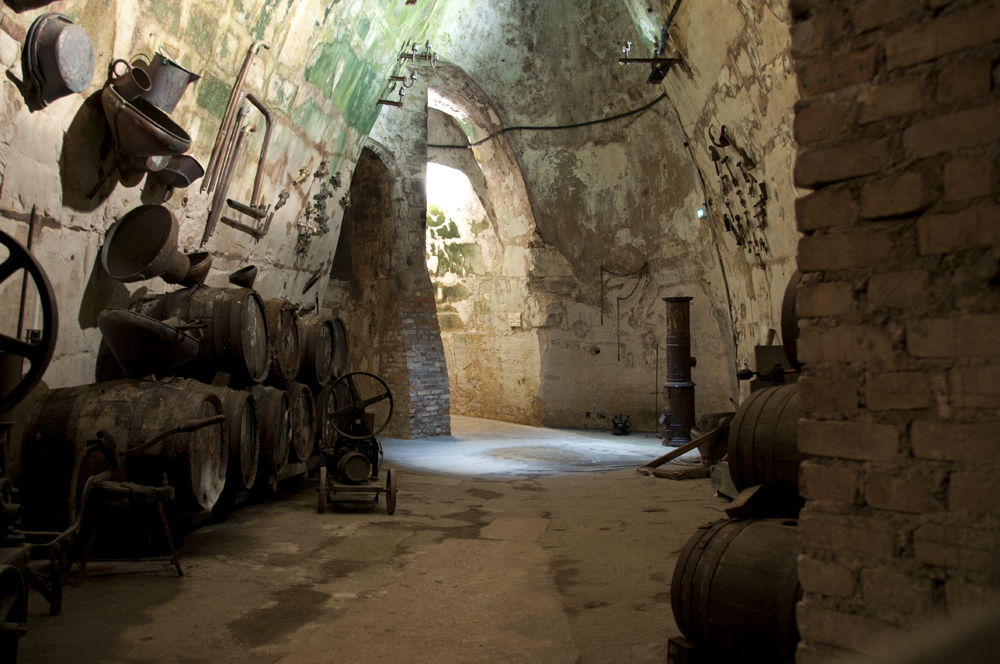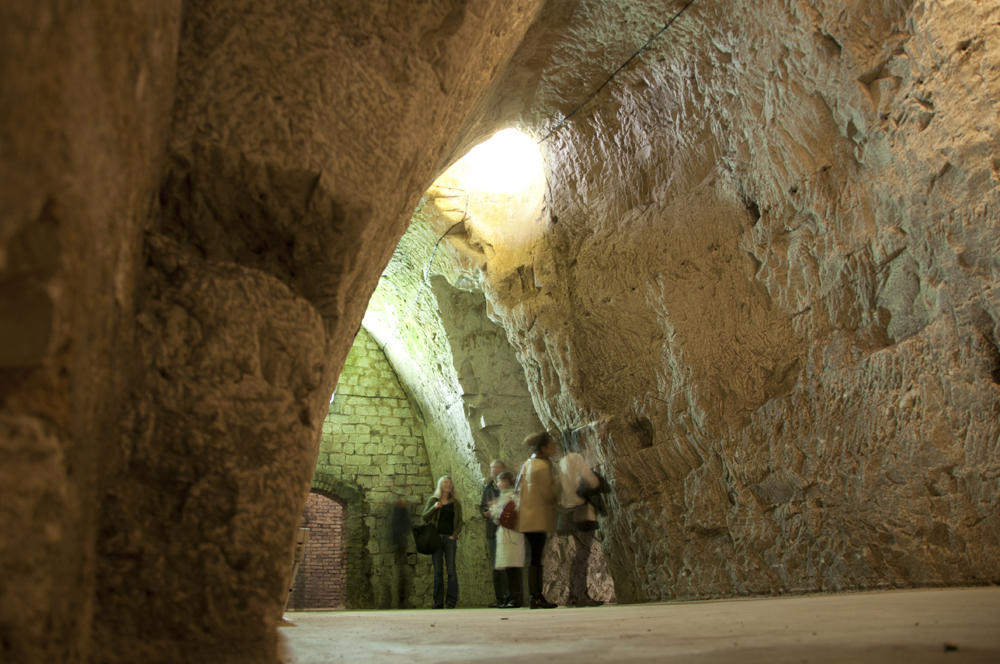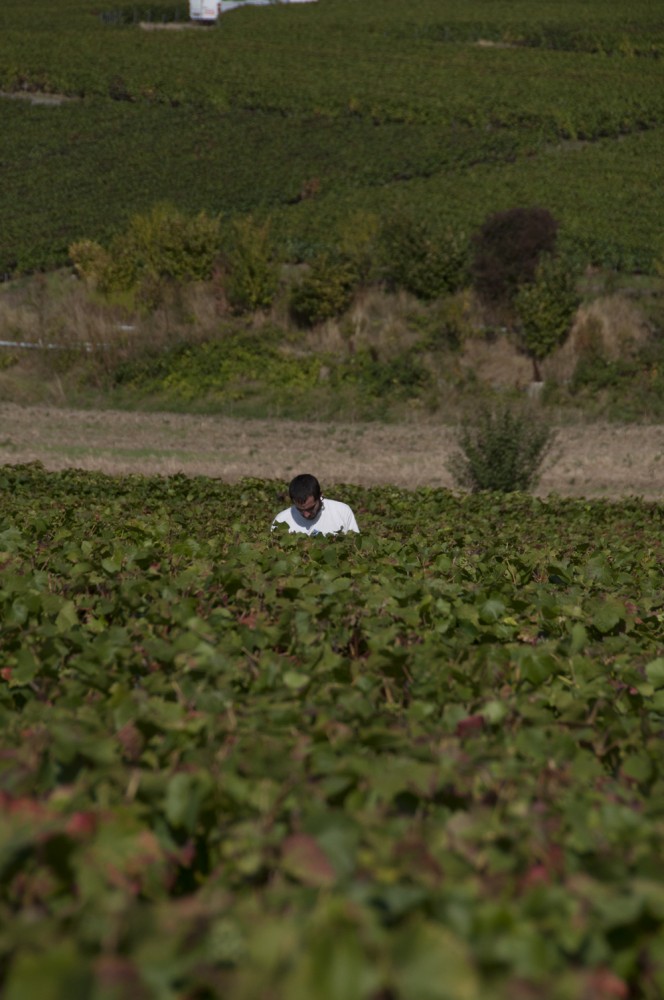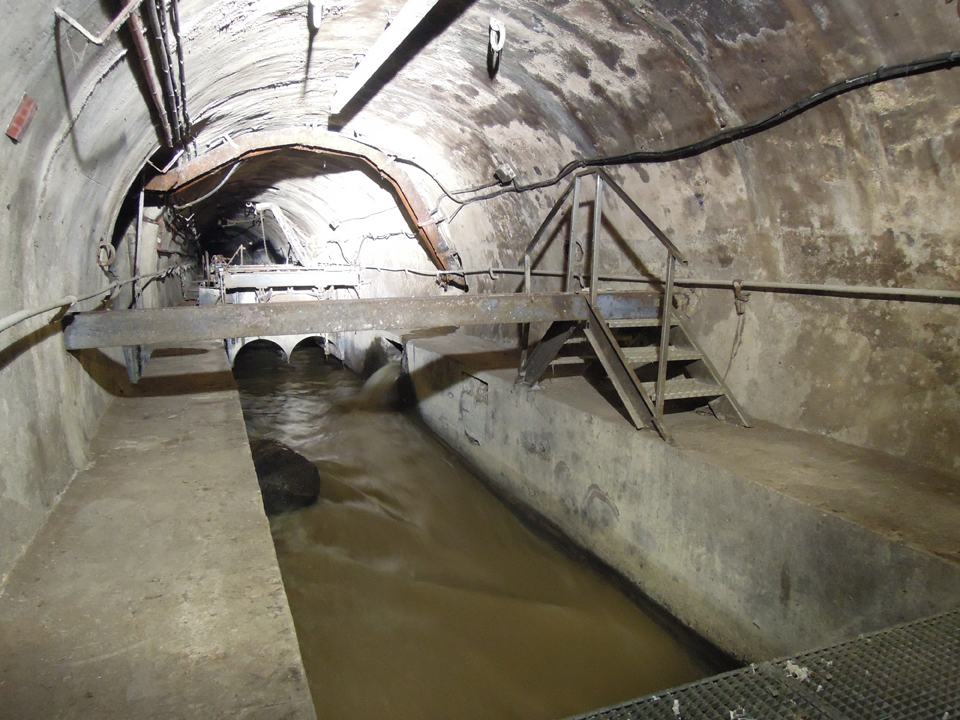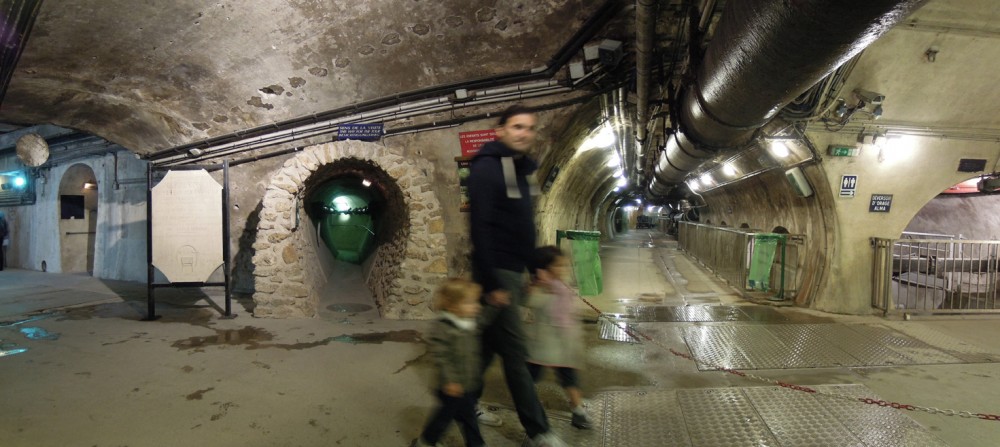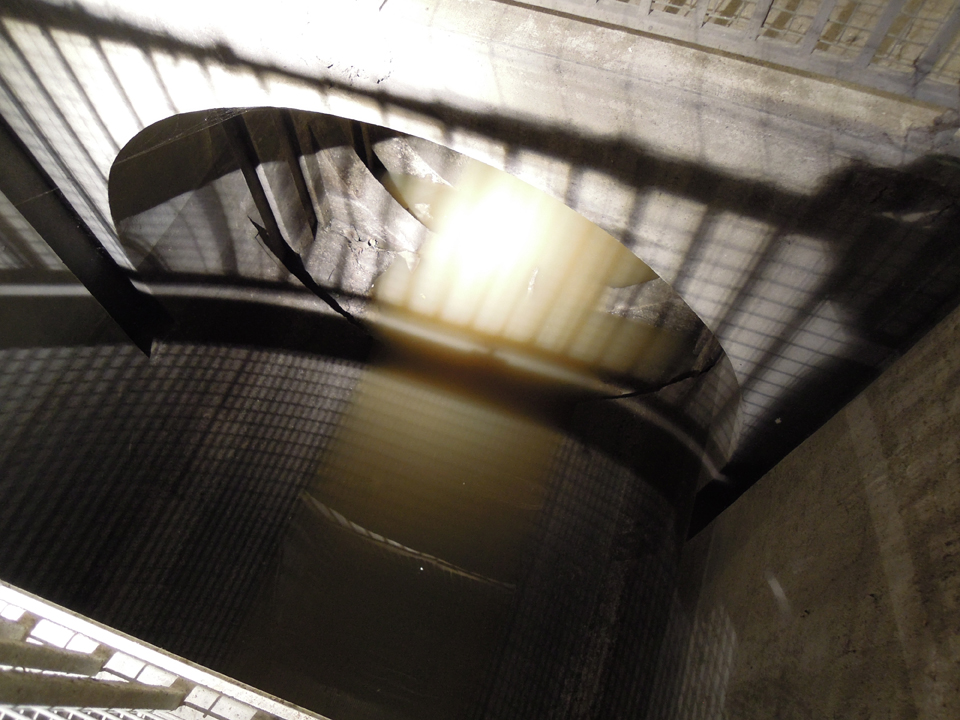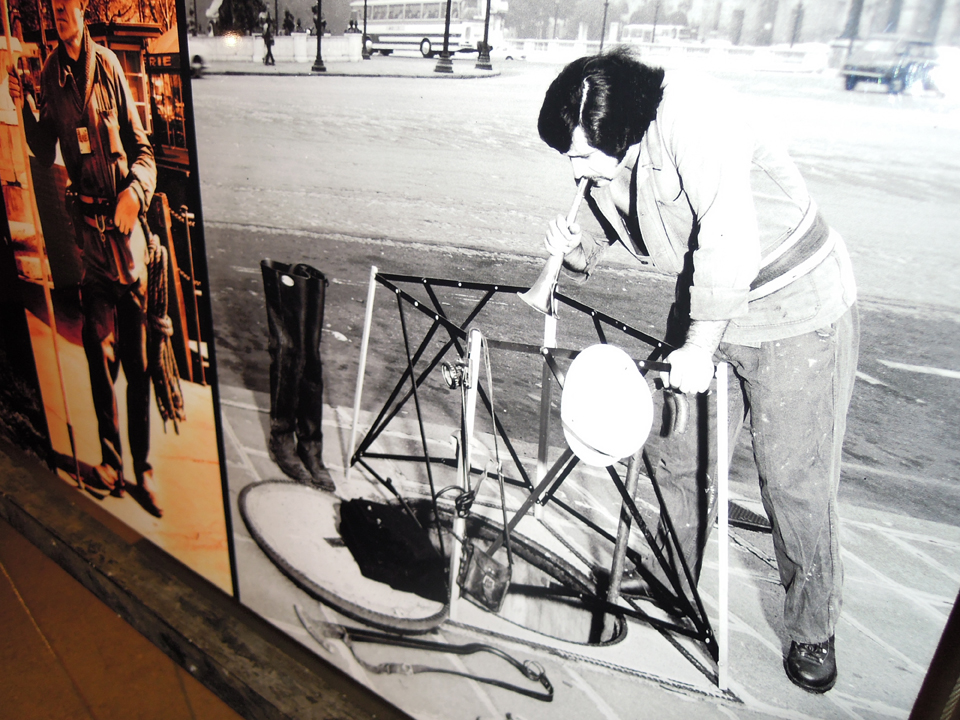Carved in stone or forged in metal, statues are designed to make generation of people stop, gaze upward in awe, and reflect on someone who liberated/reigned/invented/ruled/fought/decreed/conquered themselves in to a pivotal moment in the evolution of a country or culture.
A statue is an eternal reminder that all who pass underneath should be forever indebted to the greatness this person bestowed on history.
Or maybe it’s just an easy place for a bird to take a crap.
I’ve recently noted the subtle humor in how many of the world’s statues, which depict the powerful men and women in chiseled greatness, are now little more than a perch on which a bird can take a momentary break from the shackles of gravity and relieve itself of the weight of its breakfast.
Imagine a self-aggrandizing ruler – a dictator perhaps – commissioning an imposing representation of himself, forged in metal, to loom over his fearful subjects as a constant reminder of his Draconian rule. Well, place a pigeon directly on top of his head and that foreboding presence dissipates as quickly as the whitewash running down his iron cheek.
I have had several opportunities to photograph birds on statues in Europe. Maybe it’s because Europe has a long, eventful history formed by powerful people. Maybe Europe has especially productive ironworkers and stone masons. Or maybe it’s because Europe is home to some particularly irreverent birds.
Zurich, Switzerland
On top a large, muscular stallion with a well-worn battle axe at his side, Hans Waldmann—15th century mayor of Zurich—could do little to dissuade this insolent Black-headed Gull. The bird was fortunate that this depiction of the Swiss military leader had a head on which to perch; Waldmann was relieved of his in 1489, due to accusations of financial corruption and sodomy.
Prague, Czech Republic
The neck of St. Ludmilla buckles under the weight of two complacent Eurasian Jackdaws. This statue is one of thirty lining Charles Bridge, a top tourist destination in Prague. While patron saint of many things—including converts, duchesses, Czech Republic, problems with in-laws—corvids and avian excrement are not listed among them.
Prague, Czech Republic
A Rock Pigeon cranes its neck pensively a top a statue of Joseh Jungmann, widely regarded as the creator of the Czech language and phrases like Slez z mé zasrané hlavy! (“Get off my bleeping head!”)
Prague, Czech Republic
The perfectly coiffed coils of Jan Hus are too irresistible to the dirty feet of this Rock Pigeon, who returns the favor by looking unabashedly in an opposing direction. Huss’ resisted the Catholic Church by insisting to preach in the native vernacular instead of mandated latin, a heresy that had him burned at the stake and the catalyst for the Hussite Wars between Catholics and Protestants. Hus became a symbol of strength for the Czech people as they suffered under oppressive regimes throughout history, including Habsburgs, Russians, Communists, and now, Guano.
Prague, Czech Republic
Neither his proximity to cultural icon Jan Hus, nor the fact that he was exiled during the Thirty Years War in the 17th century, nor his smooth, bulbous dome spared this gentleman from the ignominious talons of a pair of Rock Pigeons.
Versailles, France
A Black-headed Gull oblivious to the angel directly beneath it—unperturbed by her much larger wings. Perhaps the gull feels vindicated by dominating a statue at the entrance of one of the most opulently-decorated castles in the world. Gulls hate extravagant excess. Unless it involves french fries.
Vienna, Austria
Neither the armor depicted in this statue, nor the plumes that could have come from a distant cousin, could scare away this Hooded Crow. Instead this disinterested corvid casts an aloof gaze from this 18th century perch down on to the 1,441 room Schönbrunn Palace beneath it. Maybe the crows are the ones who literally defaced this statue and replaced it with a log. Crafty birds.
Marseille, France
A Yellow-legged Gull barely musters a yawn as Jesus Christ – the inspiration for one of the world’s most prolific religions – coils in pain directly underneath him. The bird doesn’t much care for the expansive view of France’s second largest city directly behind it, nor the fact that Jesus’ consoler is buckling under its weight, pushing her face directly on to his crown of thorns.
Pisa, Italy
A male pigeon struts amorously towards a female on the back of the Capitoline Wolf, a statue that depicts the founding of Rome. Most wouldn’t consider a metallic depiction of twin babies suckling from the plump teet of a she-wolf to be a powerful aphrodisiac, but pigeons are perhaps the most sexually-depraved of any bird.
Seville, Spain
The powerful pipes of Antonio Mairena, a famous flamenco singer from southern Spain, couldn’t scare off this domestic pigeon, nor could his smooth, bald head prevent the pigeons feet from grabbing hold. Somewhere deep inside the psyche of pigeon must lay at least some appreciation for this art form native to Seville: of all the white wash streaming down the side of Antonio’s head, almost none made it inside his capacious mouth. Classy.
Rome, Italy
Recent studies suggest that pigeons don’t believe in the afterlife, which probably explains this birds lackadaisical gaze towards an angel on the Sant’Angelo Bridge in the heart of Rome. Neither the freakishly large wings of this angel nor the fact that it was armed with a lance dissuaded this bird – nor the House Sparrow on the top her head – from roosting.
Venice, Italy
Pigeons are notorious for having exceptionally low literacy rates amongst birds. Certainly this individual didn’t even know it’d taken residence on the head of Niccolo Tommaseo, a “Dalmatian linguist” and writer from Italy. I believe this means he wrote about the tongues of spotted dogs, which seems like an awfully esoteric topic. That didn’t matter to this pigeon; it was just thankful that Niccolo wrote about enough canine tongues to warrant a tall and intricately carved perch.
Resources
- http://en.wikipedia.org/wiki/Hans_Waldmann_(mayor)
- http://en.wikipedia.org/wiki/Ludmila_of_Bohemia
- http://en.wikipedia.org/wiki/Josef_Jungmann
- http://www.praguestory.com/2012/05/jan-hus-memorial-old-town-square.html
- http://www.visitingvienna.com/schonbrunn/gloriette/
- http://en.wikipedia.org/wiki/Sch%C3%B6nbrunn_Palace
- http://en.wikipedia.org/wiki/Notre-Dame_de_la_Garde
- http://en.wikipedia.org/wiki/Marseille
- http://en.wikipedia.org/wiki/Capitoline_Wolf
- http://en.wikipedia.org/wiki/Antonio_Mairena
- http://en.wikipedia.org/wiki/Ponte_Sant%27Angelo
- http://en.wikipedia.org/wiki/Niccol%C3%B2_Tommaseo
